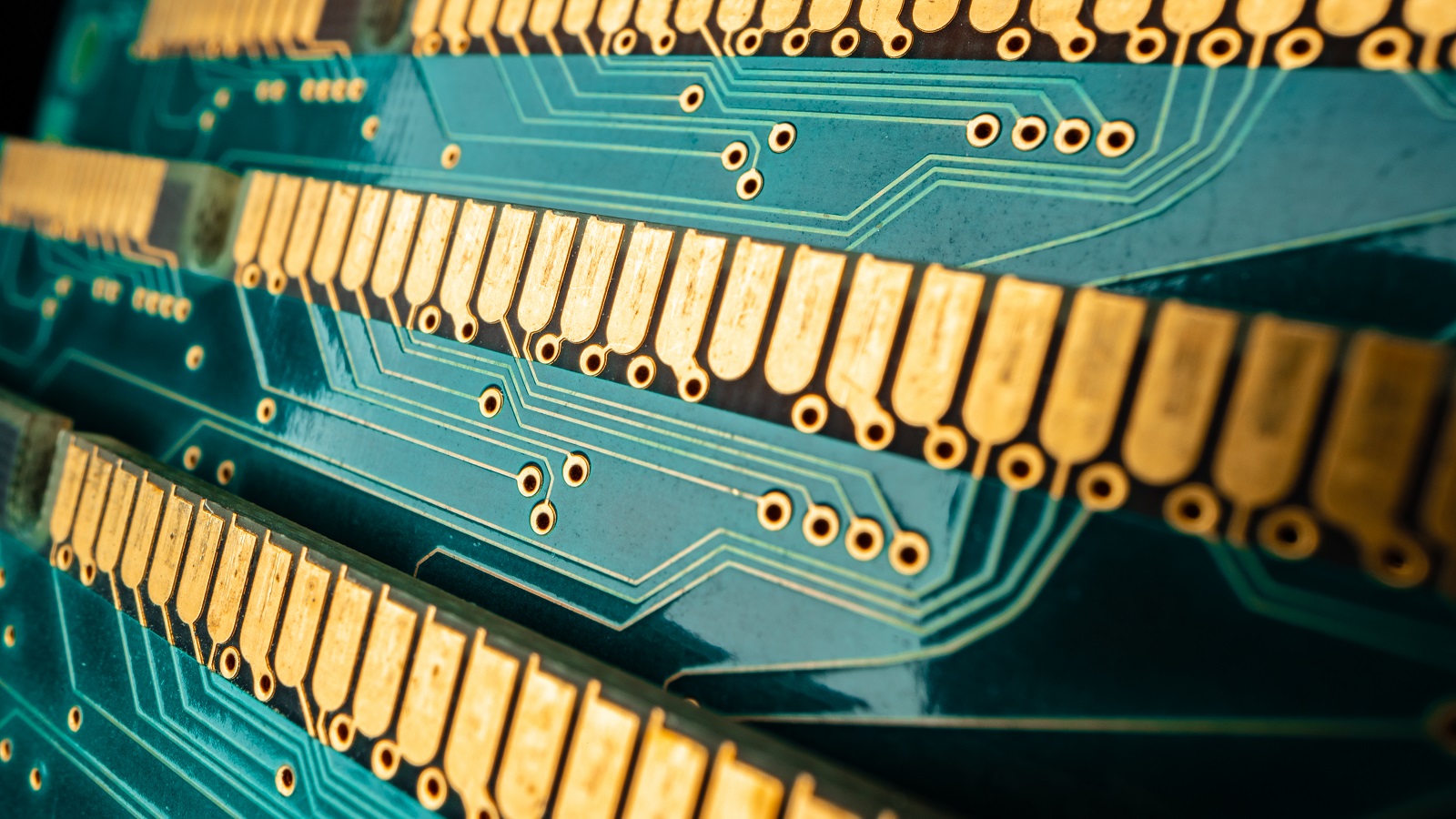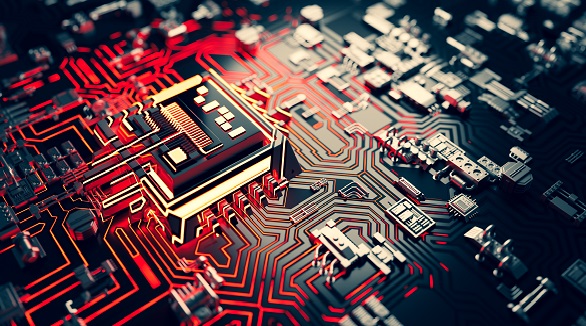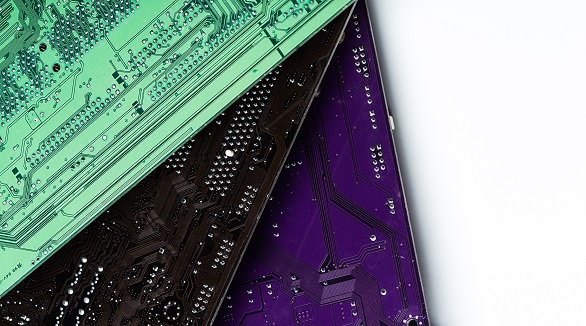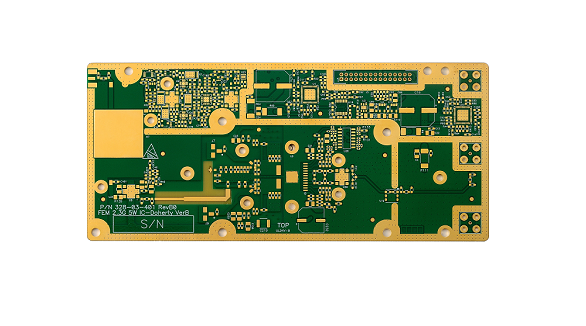Differences Between Immersion Gold and Gold Plating of PCBs
Gold finishing on PCBs, using immersion or plating, protects against oxidation and enhances solderability. Immersion is cheaper for intricate designs, while plating is durable for high-reliability needs.
Among the different techniques used to protect copper traces from oxidation, simultaneously improving solderability, is gold finishing. Due to the excellent properties of gold, such as high conductivity, resistance to corrosion, and creating strong solder joints, gold has become one of the most demanded metals for surface finishes in the realm of printed circuit boards. Mainly, there are two techniques of gold finishing on PCBs: immersion gold and gold plating. The understanding of their differences, advantages, and appropriate applications plays a vital role in informed decision-making, ensuring product specifications and meeting performance objectives.
Introduction to Gold Finishing on PCBs
PCBs typically have exposed copper pads and traces that easily oxidize and may corrode in case they are unprotected. Such exposure can worsen the soldering performance and, more generally, the reliability of the electronic assembly. Gold finishing on PCBs offers a good solution by depositing a protective layer of gold over copper. This is a barrier against exposure to environmental elements, ensuring enhancement in the electrical qualities of the board since gold is a good conductor, will not oxidize, and is lead-free compatible.
Typically, it is deposited over a nickel underlayer, which acts as a barrier to inhibit the leaching of copper into solder joints during high-temperature processes. In such a way, a combination of nickel and gold provides a robust surface that supports both soldering and wire bonding applications.
What is Immersion Gold on PCB?
Immersion gold is a process of depositing a thin layer of gold onto the PCB copper traces by dipping the boards into an aqueous solution filled with gold ions. Deposition is catalyzed through the application of a reducing agent, which may be either sodium borohydride or any other chemical means that gives electrons to convert gold ions into metallic gold and hence deposit uniformly across the surface of a PCB. Unlike electroplating, immersion gold does not require an external current; hence it is classed as chemical or "electroless" process.
The immersion thickness of gold usually ranges from 3 to 8 micro-inches. This thin coating is preferred because it is more uniform and evenly coats intricate designs. Owing to these characteristics, it works really well with high-density interconnect boards and those applications where fine features and tight spacing are leading requirements. Its straightforward process and relatively lower costs also make immersion gold a fitting choice for consumer electronics and similar products that have moderate expectations of service life.

What is Gold Plating on PCBs?
Gold plating, also referred to as electroplated gold, is the process where an electric current is applied to deposit gold over selected areas of the PCB. In this process, the PCB acts like a cathode and is submerged into an electrolyte solution comprising gold ions. During the application of electrical potential, the solution's gold ions get attracted and start depositing on the areas of the current-carrying surface of the PCB. The process can accurately control the thickness of the layer, which might vary from 10 to 100 microinches depending on the application.
Application-specific, the nature of gold plating tends to be mainly because it usually serves in areas that require high durability and wear resistance, such as connector pads, commonly known as gold fingers, and contact areas. This technique gives a hard gold finish, which is characterized by excellent solderability, good resistance to corrosion, and the ability to withstand high insertion cycles. Therefore, it would be very suitable for aerospace, medical, and automotive applications where reliability and long service life are of prime concern.
Immersion Gold vs. Gold Plating
Process Differences
Immersion Gold
Non-electrolytic chemical process; no need for electrical instrumentation, hence simpler and faster. It provides a uniform gold layer across the PCB and is usually employed in instances where there is fine detail with tight spacing. This is one of the cost-effective processes; often, projects which fall into this category have budgets that are very sensitive.
Gold Plating
An electrolytic process using electrical current for accurate thickness control and selective plating. This process is more complicated and expensive to operate; however, it produces a hard gold finish that will stand heavy usage.
Performance and Applications
Immersion Gold
With a uniform coating added to the flexibility, immersion gold lends itself to dense board applications such as double-sided and multilayer PCBs. Again, it is very propitious to HDI boards with fine-line features and assures high reliability of solder connections in respect to consumer electronics. However, the relatively thin gold layer may restrict its use in high-wear-resistance and durability-demanding environments.
Gold Plating
More suitably, gold plating offers better mechanical properties for high-reliability applications. Hard and resilient, gold finds perfect fit applications in aerospace and medical industries since heavy use has to be borne by the mechanical parts, together with hard environmental attacks. Furthermore, gold has found increased applications in industries that involve high solderability and resistance to corrosion, since it offers a finish that easily sustains long-term functional requirements.
Cost Considerations
Immersion Gold
This method is cheaper, especially in projects where cost control is a crucial issue. Because of its simpler process and less material consumption, immersion gold is a lucrative option for consumer goods where longevity need not be that high.
Gold Plating
While offering improved performance features, the cost of gold plating goes up due to the special equipment and longer time needed for processing. In general, it would be worth the cost if the longevity and reliability of the product are more important than the initial production cost.

Advantages and Disadvantages
Immersion Gold:
Advantages: Simple and faster process, less cost, uniform coverage, and thus effective for dense and fine feature applications.
Disadvantages: Poor thickness and wear resistance, not suitable for applications that require high wear resistance.
Gold Plating
Advantages: Good thickness control, high purity hard gold, very good wear resistance, and the possibility of selective plating. It is well suitable for high-reliability categories.
Disadvantages: Higher operational cost; more cumbersome process, and correspondingly more expensive equipment is needed as a capital investment.
Immersion Gold vs. Gold Plating: Which to Use
The choices between immersion gold and gold plating are based on application, cost tolerance, reliability needed, and product lifecycle. Immersion gold is more usual in faster and cheaper options, especially when the question is of consumer electronics, which have a rather short life, when fine-feature integration is required. In applications with a high level of risk, where maximum durability, reliability, and performance robustness need long-term justification of higher costs, gold plating is selected.
When special circumstances arise, hybrid techniques may be pursued where a combination of both processes can leverage the advantages each affords. For example, immersion gold for less crucial board areas while applying gold plating to high wear sections will optimize performance on performance and cost efficiency.
Conclusion
In sum, immersion gold and gold plating provide clear-cut advantages related to different use applications in PCB fabrication. Immersion gold represents the opposite polarities of being cheaper and quicker to process, while gold plating provides superior durability and selective plating capability. Proper consideration of your project's requirements-budget, application environment, and expected lifespan-will best determine whether immersion gold, gold plating, or both merge for the best results in your product.
Hot Tags:
Contact us

If you can't find what you're looking for, please contact us.
Article

ENEPIG is a high-performance PCB finish with nickel, palladium, and gold layers, offering superior solderability, corrosion resistance, and wire bonding for critical industries like aerospace and telecom.

PCBs (Printed Circuit Boards) are fundamental in electronics, composed of multiple layers like silkscreen, soldermask, copper, and substrate, chosen for specific electrical functions.

The article insinuates the need for Organic Solderability Preservatives on printed circuit boards. OSP can adsorb onto the copper surface to prevent oxidation and moisture and can easily get washed out by soldering. It is easy to manufacture an OSP, which is environmentally friendly and not expensive, thus becoming one of the most popular surface finishes today.
